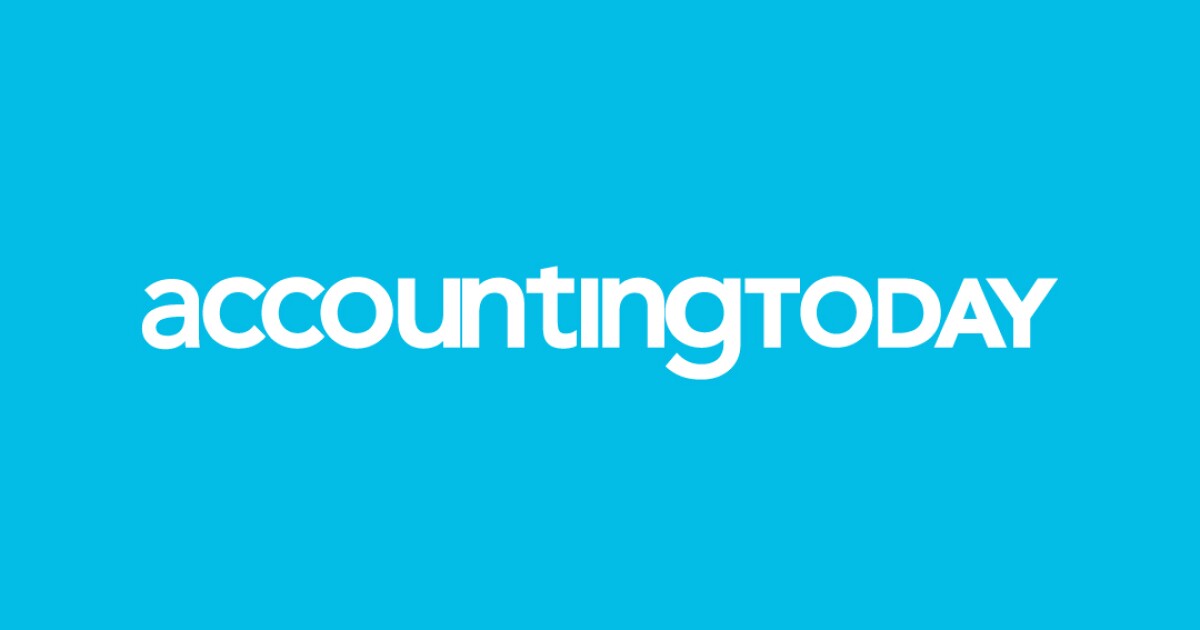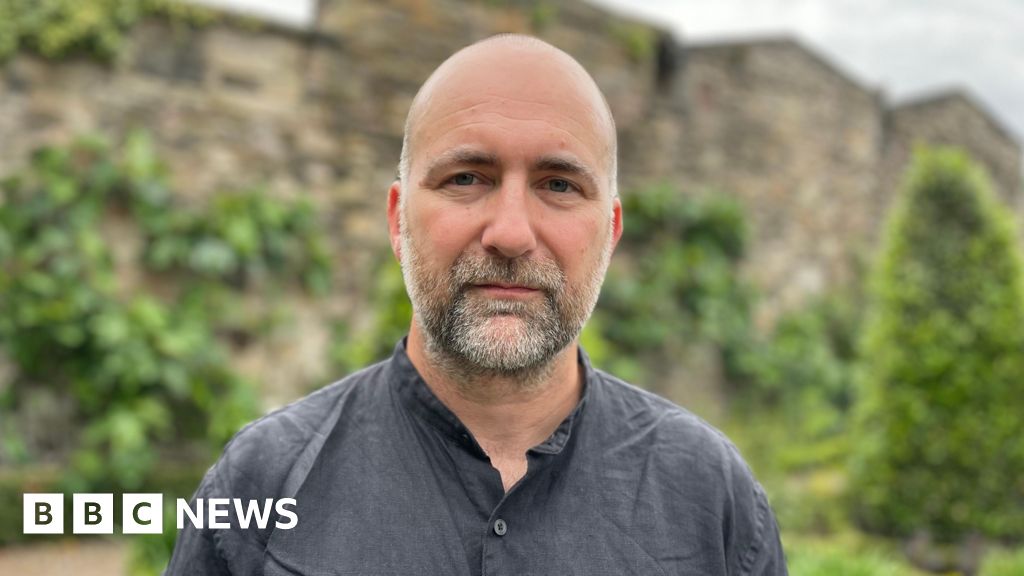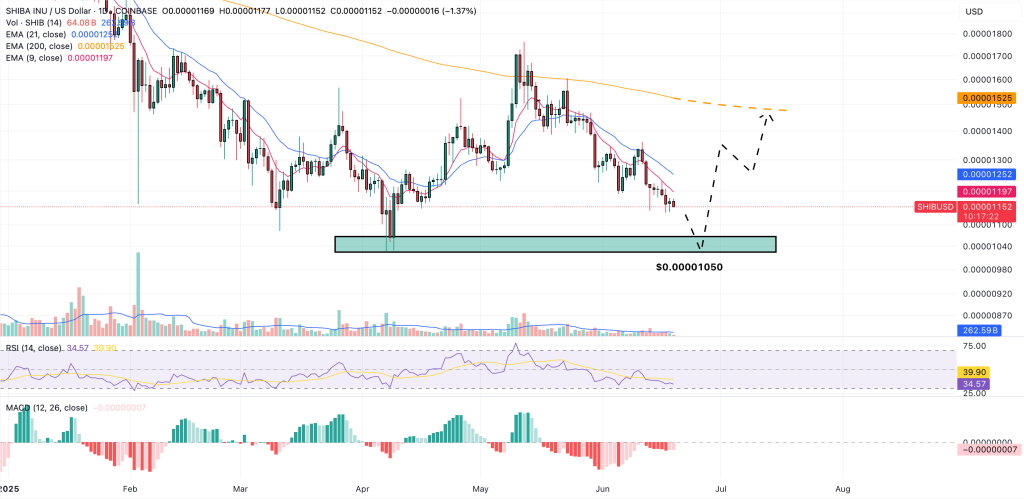Ed Equity Lab New Jersey scholars visiting Princeton University.
Miranda Wilson, Education Equity lab
The National Education Equity Lab, an education justice nonprofit, has enlisted more prestigious universities to offer college courses and supports to students in some of the nation’s poorest high schools. The new partners include Morehouse College and the University of California System.
They join Princeton, Stanford, Georgetown, Cornell, Wesleyan University, Barnard College, the Wharton School at the University of Pennsylvania, Spelman College, Brown University, Howard University, and Arizona State University, all of which were early providers in the Ed Equity network.
Founded in 2019 by Leslie Cornfeld, a former federal civil rights prosecutor and later an advisor to New York Mayor Michael Bloomberg and two U.S. Secretaries of Education, Ed Equity Lab has quickly become one of the nation’s leading models for preparing low-income and underrepresented minority students to enroll and succeed in college. It’s helping fill the college pipeline with talented students who might have otherwise never believed they could succeed at college.
The Lab follows a simple plan, a first-ever national model: deliver and support college credit-bearing courses taught by faculty from a network of leading colleges and universities in teacher-led high school classrooms, at no cost to students.
Here’s how it works. School districts serving low-income students are invited to participate, and they offer the opportunity to principals in Title 1 high schools. Principals pick the high school teachers who assist the college faculty in offering the course, and they also select the students – typically about 25 per course. Many Ed Equity Lab high schools offer multiple courses – meaning students can graduate with a semester or more of transferable credits under their belts, resulting in substantial tuition savings.
Students – mostly juniors and seniors, but sometimes exceptional sophomores – are selected on the basis of their academic record as well as teachers’ nominations of students they believe have untapped potential to succeed.
The courses are offered as dual enrollment classes where students receive both college and high school credit. They are taught by 1) college faculty members, who deliver the lectures asynchronously via video, and hold office hours via Zoom; 2) high school teachers who co-teach the course during the school day; and 3) graduate or undergraduate students who function like college teaching assistants responsible for leading a weekly live discussion section and doing the course grading with the college faculty.
Ed Equity Lab delivers and supports all aspects of the model, including onboarding schools and universities, conducting orientations and trainings for the teachers, and organizing virtual events and career and college advising sessions. There’s even an alumni society of the scholars. (You can watch a brief introduction to the Ed Equity Lab by Cornfeld and others and listen to some former students describe their experiences here.)
Students take the courses for free, and the universities offer them to the high schools at cost. School districts pay $250 per student per class, a discounted rate made possible by the universities’ generous pricing and the considerable investment that the Lab has been able to attract from private donors, including the Bill and Melinda Gates Foundation, the Carnegie Corporation of New York, the NBA Foundation, the Apollo Opportunity Foundation, and private family foundations.
‘These investments are critical to reaching the vast talent in underserved communities,’’ said Vivian Zelter, who leads the Lab’s efforts to raise funding to expand the program to one million scholars over the next ten years.
Since starting in 2019, with a humanities course taught by Harvard professor Elisa New, the Lab’s program has expanded dramatically. By the end of the year, it will have reached over 15,000 students in more than 100 school districts across 29 states. The Lab aims to be in 25% of the nation’s Title 1 high schools by 2025, and reach more than one million students over the next ten years.
The curriculum has expanded as well, with more than 30 courses offered so far. For example, students can enroll in a Personal Finance course offered by Wharton, Introduction to Computer Science by Stanford, Environmental Studies from Howard, or a psychology course taught by Penn Professor Angela Duckworth.
“Our students have demonstrated that talent is equally distributed, opportunity is not,’’ said Cornfeld. To date, 80% of students completing a Lab course have passed it, making the courses eligible for transcripted credit at most colleges. Many students take – and pass – multiple classes, giving them a strong start on their college degrees.
Early results show that Ed Equity Lab Alumni are better prepared to succeed in college. “Our preliminary data show our students are enrolling in four-year institutions and going out of state to attend at higher rates than similarly situated students,” said the Lab’s Chief Academic Officer, Ariel Murphy Bedford.
Michaell Santos, a student from the Bronx and president of the Ed Equity Lab Alumni Society, is a great example of the program’s impact. After completing five Ed Equity Lab college courses, Michaell was accepted to Yale University, where he plans to major in political science. According to Michaell, “since my junior year, the lab has given me countless opportunities and has allowed me to grow as a student and person…The National Education Equity Lab made me realize that I could be successful outside of my South Bronx bubble.”
Commenting on his university’s new partnership with the Ed Equity Lab, University of California president Michael V. Drake said, “The University of California is committed to expanding access to higher education for students of all backgrounds. We are proud to collaborate with the National Education Equity Lab to further that goal – and reach more students than ever before.”
Morehouse President David A. Thomas said the Lab’s program enabled his institution to “share the power of Morehouse to propel college and career opportunities at new levels across our nation.”
What accounts for Ed Equity Lab’s growing appeal? Three factors seem important.
- First, by keeping the model simple, it’s eminently scalable. New advances in educational technology have made offering dual enrollment courses to large numbers of students much more feasible. Plus scalable student supports – like relying on existing teachers – are built right into the model.
- Second, the Lab gives colleges and universities an entry – a foot in the school door – for helping k-12 districts improve their educational opportunities and outcomes. Long concerned – even dismayed – about the college readiness of high school students, particularly in under-resourced communities, educators can use the program to not just lament the problem but address it constructively.
- Finally, as higher education leaders anticipate a Supreme Court ruling later this year that may curtail or end affirmative action in college admissions, the connections forged with students who thrive in Ed Equity Lab classes afford colleges a race-neutral way to identify, recruit, and admit outstanding students from different backgrounds. Don’t think the likelihood of that advantage has been lost on institutions that remain committed to the importance of diversity. As former U. S. Secretary of Education Arne Duncan, a member of Ed Equity Lab’s board, said, “this shows what happens when higher ed leaders roll up their sleeves and expand opportunity beyond their own gates. It’s game changing.”
Credit: Source link










